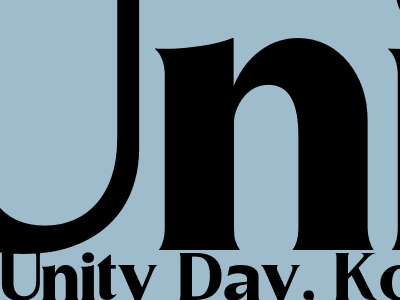
Unity Day: A Celebration of Russian History and Culture
Origins and Significance of Unity Day
Unity Day, officially known as the Day of National Unity, is a public holiday in Russia observed annually on November 4th. Its historical roots date back to 1612, when a militia led by Kuzma Minin and Dmitry Pozharsky liberated Moscow from Polish invaders during the Time of Troubles, a period of political and social unrest in Russia.
The establishment of Unity Day as a national holiday in 2005 aimed to foster patriotism, strengthen national identity, and commemorate the unity of the Russian people in overcoming challenges.
Celebrations and Traditions
Unity Day is celebrated across Russia with various events and activities that honor the holiday's historical significance and promote national unity.
Traditional Events
- Parades and military displays showcase Russian military might and commemorate the heroism of those who fought in the Time of Troubles.
- Concerts, festivals, and performances feature traditional Russian music, dance, and folklore, celebrating the country's rich cultural heritage.
- Historical reenactments and living history villages bring the events of 1612 to life, providing immersive experiences for visitors.
Symbolism and Iconography
The official symbol of Unity Day is the icon of Our Lady of Kazan, a revered icon in Russian Orthodox Christianity. The icon is believed to have played a significant role in rallying the Russian people during the Time of Troubles.
The holiday's color scheme is blue, white, and red, reflecting the colors of the Russian flag. These colors represent unity, purity, and sovereignty.
Historical Context: The Time of Troubles
The Time of Troubles was a turbulent period in Russian history that spanned from the death of Ivan the Terrible in 1584 to the accession of Michael Romanov in 1613. This era was marked by political instability, economic crisis, and foreign invasions.
Internal Strife and Political Instability
The death of Ivan the Terrible left Russia without a clear heir. The ensuing power vacuum led to a series of short-lived rulers and a breakdown of central authority.
Economic Crisis
The Time of Troubles coincided with a severe economic crisis. Crop failures, famines, and tax burdens impoverished the population and weakened the state.
Foreign Invasions
Russia faced invasions from Poland, Sweden, and the Crimean Khanate during the Time of Troubles. These invasions exacerbated the internal chaos and further weakened the country.
Role of Kuzma Minin and Dmitry Pozharsky
In 1611, a call to arms was issued by the mayor of Nizhny Novgorod, Kuzma Minin. Together with Prince Dmitry Pozharsky, they rallied a militia to liberate Moscow from the Polish occupation.
The Militia's March on Moscow
The militia, composed of volunteers from all walks of life, embarked on a perilous march to Moscow. Along the way, they faced hardships and resistance but remained steadfast in their determination.
Liberation of Moscow and the Time of Troubles
On November 4th, 1612, the militia led by Minin and Pozharsky entered Moscow and expelled the Polish forces. This marked a turning point in the Time of Troubles and the restoration of Russian sovereignty.
Legacy and Impact of Unity Day
Unity Day serves as a reminder of the resilience and unity of the Russian people in the face of adversity. It fosters patriotism, promotes national identity, and celebrates the country's rich historical and cultural heritage.
The holiday encourages citizens to reflect on the importance of national unity, cooperation, and collective responsibility in building a stronger and more prosperous Russia.
Conclusion
Unity Day is a significant holiday in Russia that commemorates the historical struggle for independence and national unity. Through events, traditions, and historical remembrance, the holiday fosters patriotism, celebrates cultural heritage, and inspires citizens to work together for the betterment of their country.
By honoring the legacy of those who fought for Russia's freedom, Unity Day serves as a reminder of the importance of unity, resilience, and the shared responsibility in shaping the nation's future.